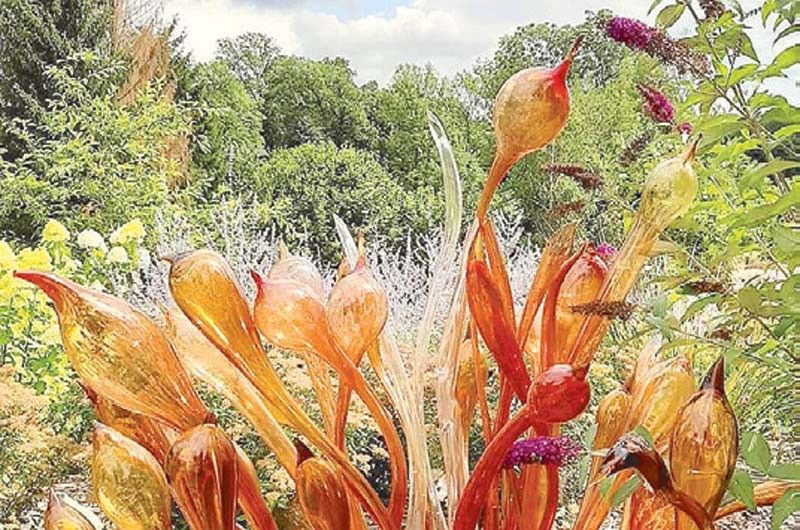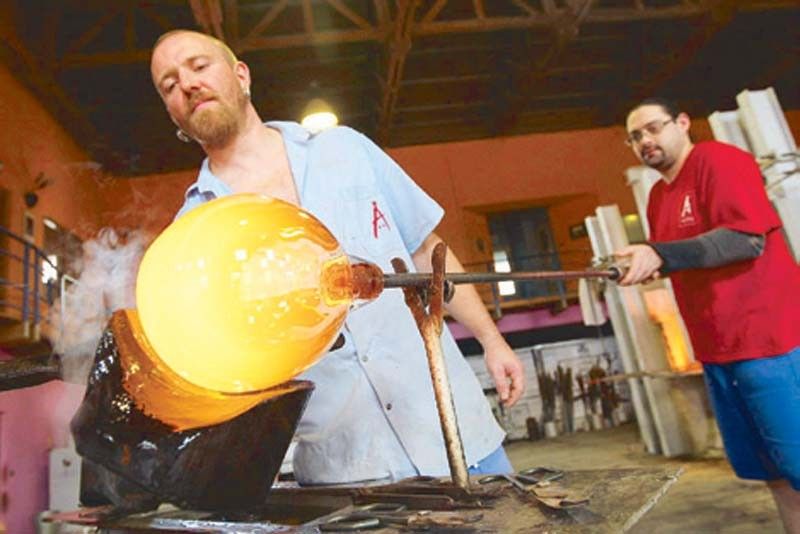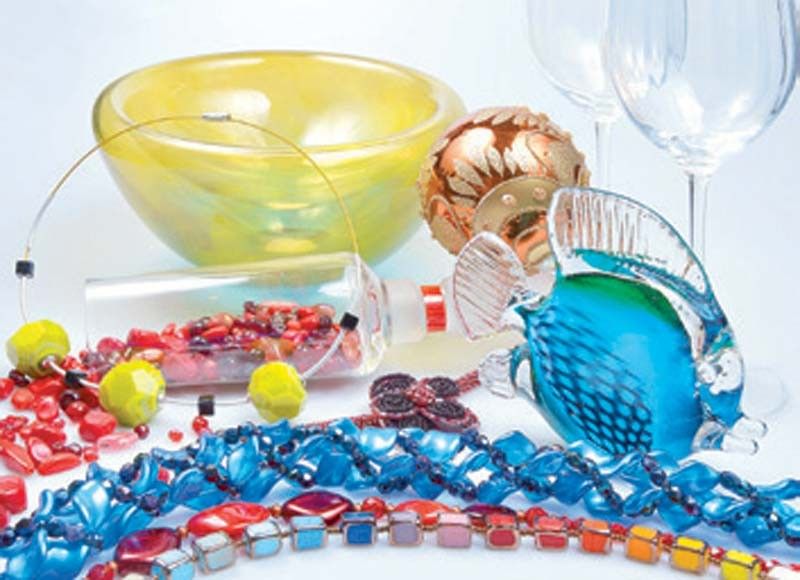Bohemia, the Czech Republic: A glass act

A Bohemian rhapsody in the Czech Republic is often played out in the sonatas of crystal, hitting crescendos with every exquisite piece, whether a waterfall of crystal drops, a crown, or a wild plant sculpted purely in glass. The distinct, melodious sound of crystal completes the rhapsody.
Production of crystal in the Czech Republic has a very long tradition and stands today as arguably the best in the world. In fact, the magnificent chandeliers at Malacañang Palace’s Reception Hall were crafted, prism by prism, in the former Czechoslovakia and reportedly bought by President Manuel L. Quezon in 1937. According to historical sources, during the Second World War, they were carefully disassembled and hidden for safekeeping. They were taken out and reassembled after the war.
The souvenirs at Queen Elizabeth’s Platinum Jubilee in 2022, a decanter etched with horses and two glasses, were made by the artisans of Moser, another Czech glass company. You may purchase a replica of the souvenir, crystal of course, for 230,000 Czech crowns (about 9,356 euros!).
Production of glass in the Bohemia region, to which the capital Prague belongs, is said to be have begun in ancient times, reportedly since the time of the Celts, 2,000 years ago.
In the 16th century, according to historical sources, 34 Bohemia factories were producing glass.
On a tour of Prague and the Bohemia Region organized by the Foreign Affairs Ministry of the Czech Republic, the Czech Embassy in the Philippines and Czech Tourism for a group of Philippine media, we were taken not only to the Moser showroom, but also to Preciosa Lighting, which had the jaw-dropping crystal waterfall cascading mechanically from the ceiling; Glass Works Ajeto, where visitors can make their own blown-glass vase and take it home; Lasvit, a modern glass company from Nový Bor that creates the trophies for the winners of Tour de France; Jablonec and Liberec Glass and Jewelry Museum, where there is a permanent display of glass Christmas décor, including over 3,000 hand-painted Christmas balls; and my favorite, the Pacinek Glass crystal garden.

One of the most important contemporary glass artists in Europe, and the whole world, is Ji?í Pa?inek, who mastered the technique of blown-glass processing. He has his own art brand Pa?inek Glass, which creates not just technically demanding decorative pieces of sculpture but also objects for daily use like vases, bowls, candleholders, among others.
The Pacinek glass garden, “cultivated” across a restored 200-year-old Catholic Church, is the only garden of glass that I have laid eyes on. Perched on the grass are “plants” in glass — glass on grass. In fact, some “flowers” like the Herba crystallus, Serpenta multichroma, Columna ledum, or Kunraticia lucida can be found and seen anywhere else than in Pa?inek’s Glass Garden in Kunratice by Cvikov.
The garden transforms many times a year, depending on the season, or even in a day, due to the sunlight that embraces it. We went at midday in early autumn, and it was a fairy tale written in glass. We even caught a live butterfly nestled among the glass flowers. In late autumn, the vibrant hues of the season almost compete with the vivid colors of the glass. In winter, it is said to be surreal, when glass blossoms are covered by snow and ice.

***
Prague, like the glass sculptures the Bohemian region is renowned for, is a multi-faceted city, every prism shining when held out toward the sunlight, or through the prism of a chandelier or lamplight at night. The city’s skyline boasts not just different spires but shapes, as the city is characterized by more than one architectural style: Romanesque, Gothic, Renaissance, Baroque, and Rococo.
It is a very walkable city, and you can walk from past to present by traversing a few meters, without a change of sneakers.
The Old Town Square, the beating heart of the city, was founded in the 12th century and has been witness to many historical events. In addition to the Old Town Hall and the Church of Our Lady before Týn, the square is dominated by the Baroque Church of St. Nicholas.
The Old Town Hall was established in 1338 as the seat of the Old Town administration. The oldest part of the complex consists of the southern wing, a beautiful Gothic tower with a bay chapel and a unique astronomical clock.
Don’t forget to watch the striking of the hour (every hour between 9 a.m. and 11 p.m.) at the clock — Jesus and his apostles emerge from tiny wooden windows atop the clock for a brief “parade” outside the façade. Better yet, climb to the Clock Tower (there are elevators, too) and view the statues of Jesus and the apostles at close range.
The tower is circled by a balcony with protective bars, from where you will find have the most magnificent views of the city, and see Prague’s “hundred spires.”
The luminescence of Prague is not just a class act. It is also a glass act.
You may e-mail me at [email protected]. Follow me on Instagram @joanneraeramirez.
- Latest



























